Mobilizing the community to protect and develop mangrove forests and create livelihoods for people is an effective way for functional sectors and coastal localities.

Restoring the forests that protect the sea
Mangrove forests help maintain ecological balance and biodiversity. In particular, the protective role of mangrove forests is likened to a “shield” protecting the coast and sea dykes, limiting erosion and the harmful effects of storms and floods.
Mr. Le Van Vinh - Head of the Front Committee of Tich Tay village (Tam Nghia commune, Nui Thanh) said that thanks to the mobilization of community resources, Tich Tay water coconut forest has developed day by day. Previously, the people themselves cultivated each water coconut tree, harvested the leaves when they were old to make hats, roofs, and at the same time, this was a way to help the trees grow and develop quickly.
“People know exactly when to harvest the water coconuts and cut the leaves so that the trees can grow new leaves quickly. Tich Tay water coconut forest currently has many species of fish, crabs, birds and animals living there. This is also a dike to prevent salinity and helps people make a living by fishing, weaving coconut leaves and gradually developing eco-tourism,” said Mr. Vinh.
Tich Tay water coconut forest, an interesting destination
Tich Tay water coconut forest has a wild and airy beauty. Visitors can explore the ecology by rowing a basket boat or a small boat to enjoy the scenery combined with fishing for snakehead fish, eel, catching green crabs, and freshwater shrimp to prepare dishes combined with specialty coconut rice to create a unique cuisine . Around Tich Tay water coconut forest, there are many white storks living, visitors can explore the poetic beauty of this river area.
The intricate root system of mangrove species will retain sediments on the bottom surface, contributing to expanding ecological space towards the sea.
Mangrove, sycamore, and mangrove forests in the province absorb pollutants and heavy metals from estuaries flowing into the sea, protecting coastal organisms, production, and people's lives.
Bay Mau Nipa Palm Forest (Cam Thanh, Hoi An) has been established as a community conservation area by the Management Board of Cu Lao Cham - Hoi An World Biosphere Reserve and is the second core area in the biosphere reserve. This is a breeding ground for aquatic species in estuaries and coastal areas to reproduce and develop.
The role of Cam Thanh community has been affirmed in protecting and developing Bay Mau water coconut forest. People have also taken advantage of water coconut forest resources to earn a living by fishing, tourism and creating many products and goods from water coconut.
Mr. Nguyen The Hung - Vice Chairman of Hoi An City People's Committee said that the locality cannot imagine the damage that will happen if the mangrove forests are degraded and reduced. Hoi An protects and develops mangrove forests, which also means protecting the marine ecosystem, riverside areas, marine reserves, and Cu Lao Cham biosphere reserve, and adapting to climate change. "Developing mangrove forests is a duty to resources, environment, ecology, biology, and also a responsibility to the future" - Mr. Hung shared.
Aquaculture
The rampant farming of white-leg shrimp and intensive exploitation of seafood in coastal areas have left many consequences for the people of Tam Hai island commune (Nui Thanh). Seagrass beds, seaweed, and many rare seafood species such as giant freshwater prawns, groupers, and snappers in the Ban Than area need to be preserved. Meanwhile, the mangrove forests in Tam Hai have continuously decreased in area.
This year, the provincial Agricultural Extension Center has implemented a model combining mangrove planting with shrimp and fish farming to create livelihoods for people in Tam Hai island commune. The model is implemented by planting mangrove, tiger shrimp, mangrove, and fish sauce forests and raising tiger shrimp, silver pomfret, and blue crab in these forests. The scale of the model is 2 hectares with 5 households implementing in Long Thanh Tay village, from March to November.
Dr. Luong Thi Thuy - Director of the Provincial Agricultural Extension Center said that the unit has coordinated with local authorities to provide training and guidance on techniques for planting and raising aquatic products in mangrove forests suitable to local conditions, which are quickly grasped by households. During the implementation process, technical staff always monitor, periodically check and guide people to promptly handle unusual situations.
“The model results show that households have earned 100 million VND in profit. In addition to economic efficiency, the achievements are also recorded in environmental and biodiversity aspects, especially the possibility of replicating the model to coastal localities in the province,” said Dr. Luong Thi Thuy.
Source



![[Photo] Prime Minister Pham Minh Chinh attends the event "Digital transformation of the banking industry by 2025"](https://vphoto.vietnam.vn/thumb/1200x675/vietnam/resource/IMAGE/2025/5/29/0e34cc7261d74e26b7f87cadff763eae)

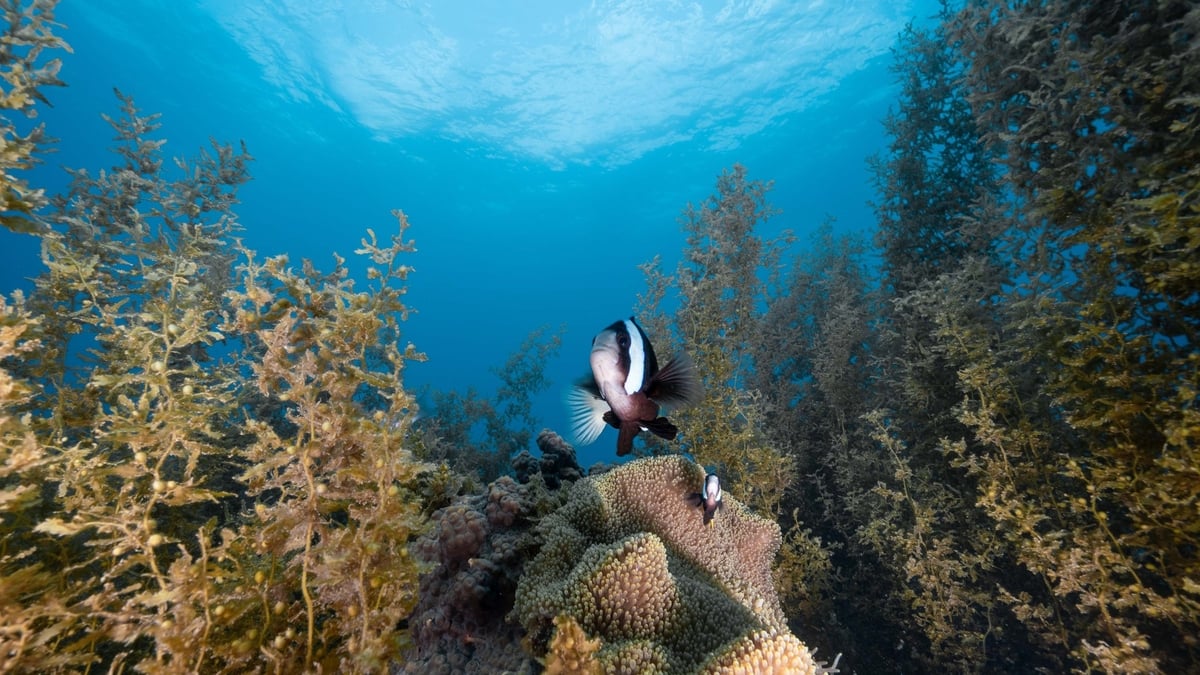
![[Photo] Prime Minister Pham Minh Chinh receives leaders of Excelerate Energy Group](https://vphoto.vietnam.vn/thumb/1200x675/vietnam/resource/IMAGE/2025/5/29/c1fbe073230443d0a5aae0bc264d07fe)





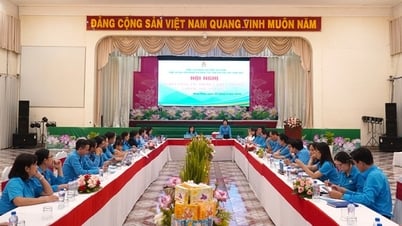






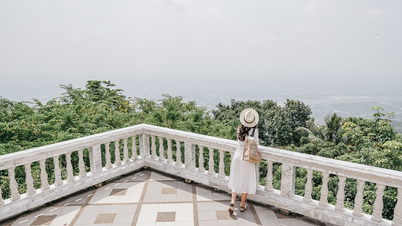
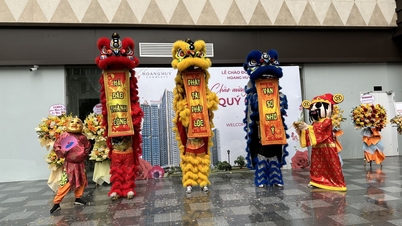



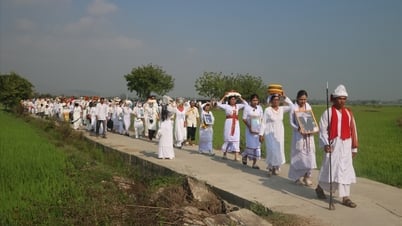










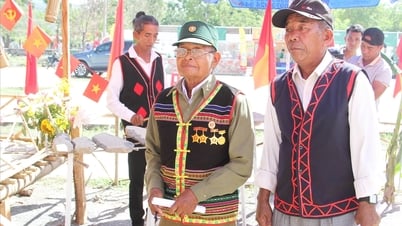
























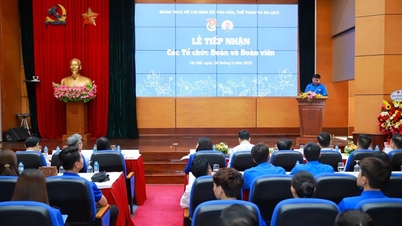





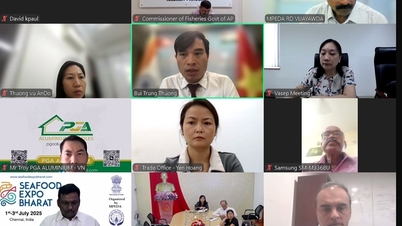


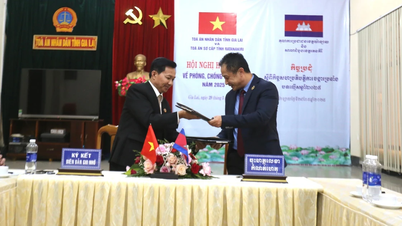


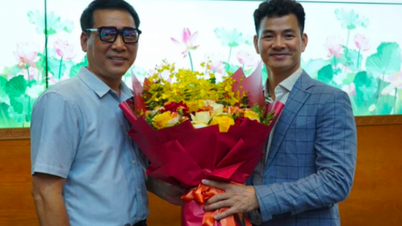




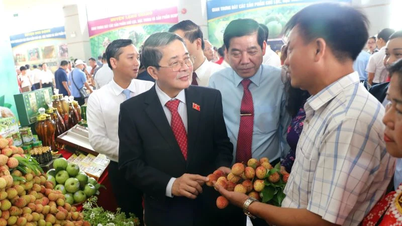









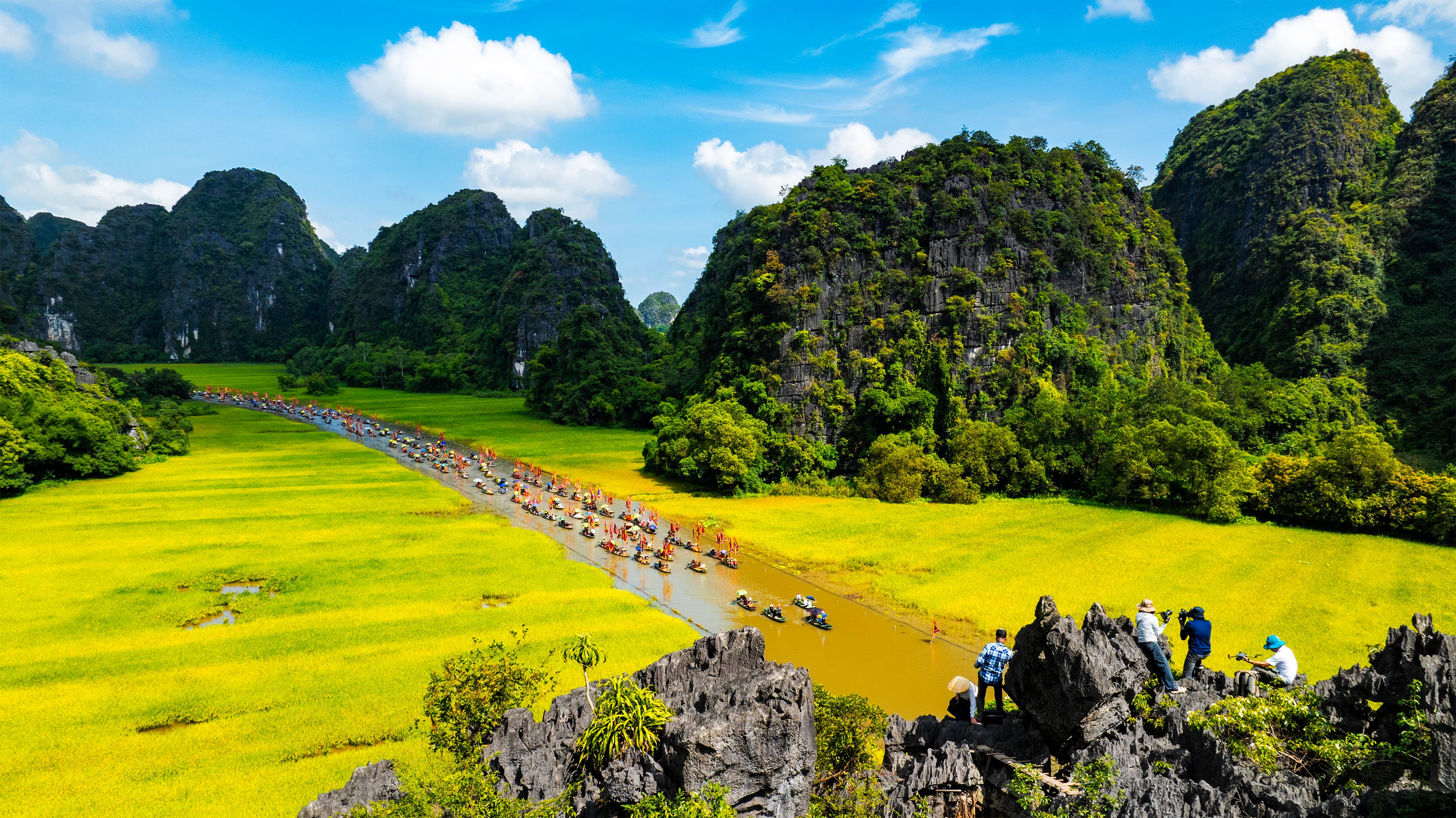
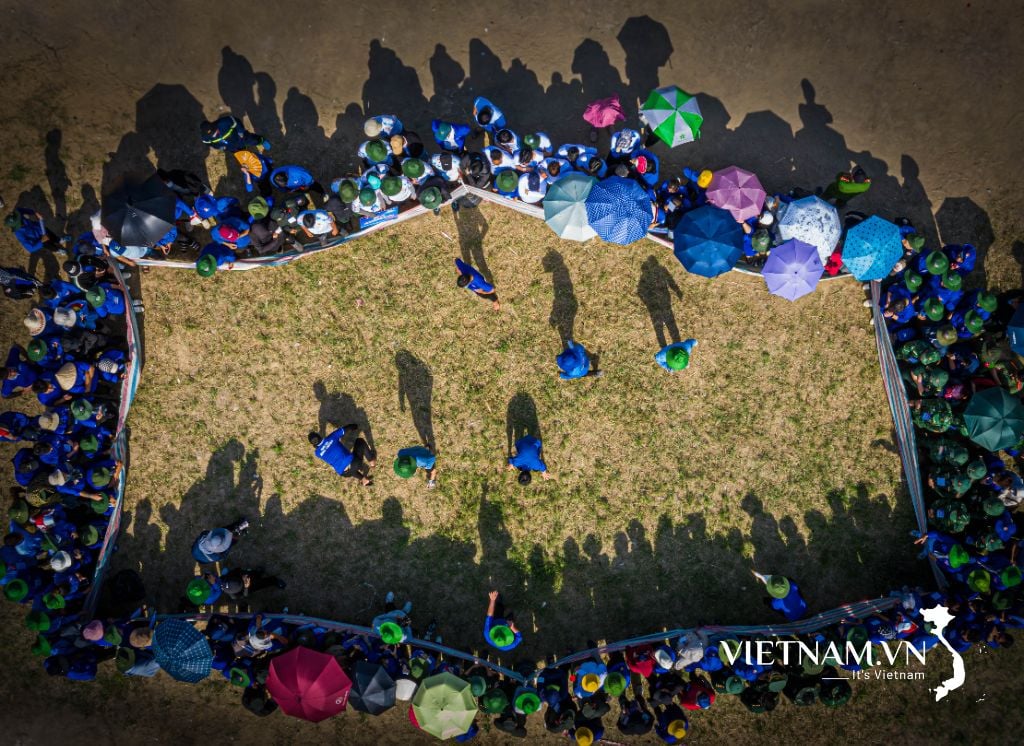

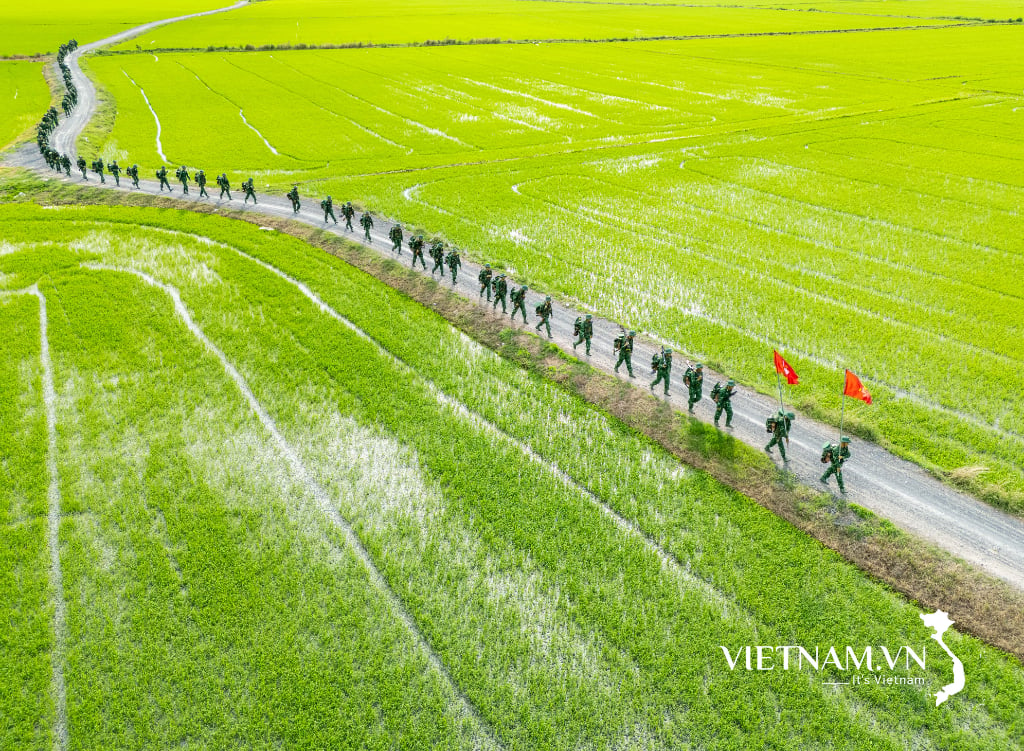
Comment (0)